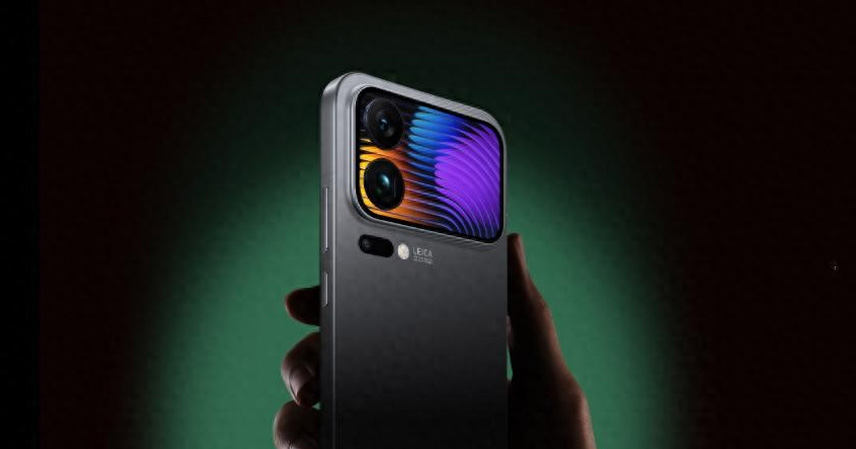The evening of September 25 saw Lei Jun unveil Xiaomi’s latest flagship, the Xiaomi 17 Pro Max. Positioned as a direct competitor to the iPhone 17, the series number jumped straight from 16 to 17, signaling a generational leap.
While much of the industry has shifted focus from hardware to software algorithms, the 17 Pro Max still delivers a significant hardware upgrade. As the first major flagship of this new cycle, it marks the beginning of the next round in the smartphone imaging race.
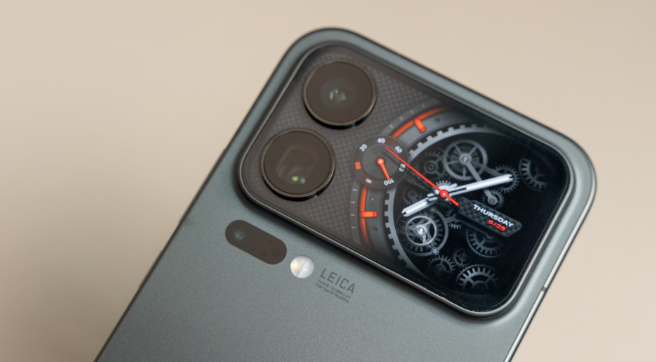
To accommodate its ambitious imaging system, Xiaomi made bold design changes.
A Radical New Design
Gone is the rounded-square camera design from previous models. Instead, the 17 Pro Max adopts a large rectangular camera island in the upper left of the back panel, reminiscent of Apple’s “raised DECO design” seen on the iPhone Air/17 Pro. According to Lei Jun, this isn’t just a cosmetic shift—it’s a declaration that the phone’s internal structure prioritizes imaging performance.
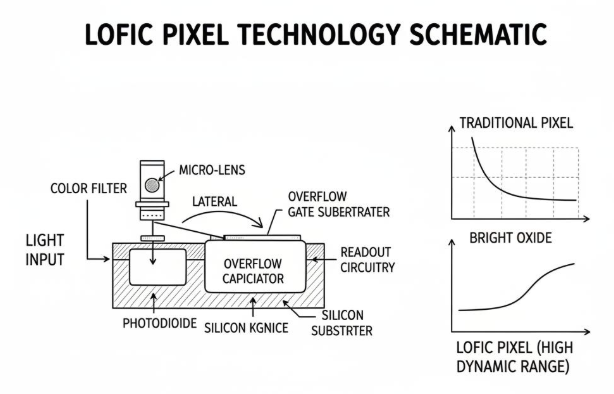
Leica Imaging Evolution
The highlight of this generation is the Leica co-engineered rear camera system, with the biggest leap coming from the new Light Hunter 950L main sensor featuring LOFIC technology.
To explain simply: imagine each CMOS pixel as a cup that holds light. In high-contrast scenes, the “cup” quickly overflows, losing highlight details. LOFIC adds an “overflow tank” for each pixel, preserving excess light information. The result: dramatically improved dynamic range and restored highlight details that would otherwise be lost.
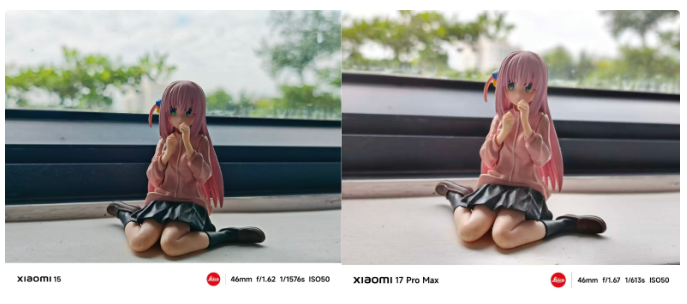
In real-world use, the 17 Pro Max captures indoor portraits near bright windows without overexposing the outside view. Compared to its predecessor, images are brighter, with both sky gradients and facial details preserved. Night photography benefits even more—city lights remain sharp and controlled, while dark areas retain clarity.
This precise handling of light creates natural transitions and a three-dimensional effect that many users associate with “premium” photography.
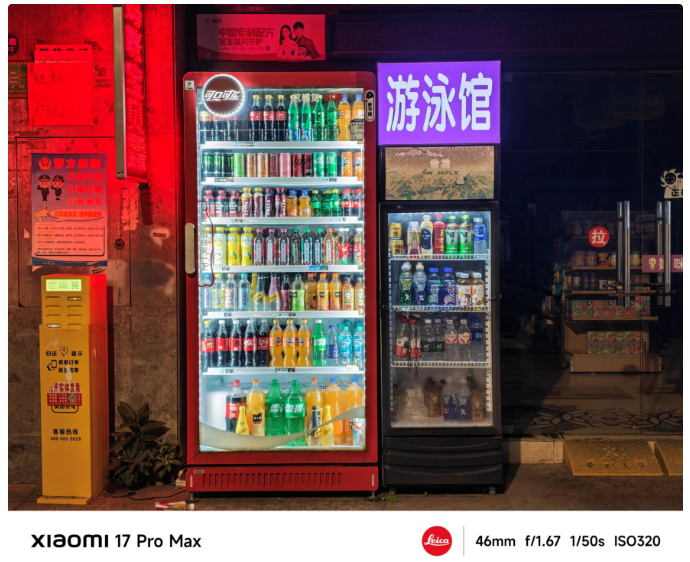
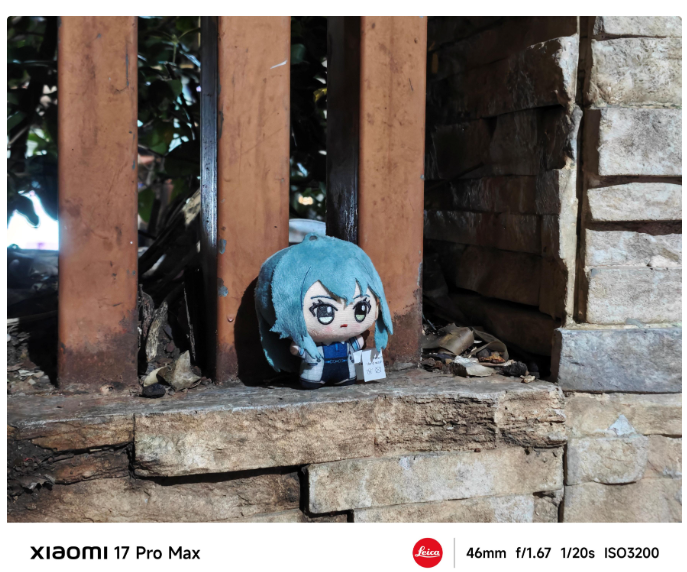
A Versatile Telephoto Lens
The 5x telephoto lens—built around Samsung’s GN8 sensor and Xiaomi’s exclusive ultra-gathering prism—delivers 30% more light intake, excelling in low-light conditions. Unlike its predecessor, sharp and bright shots can now be captured without night mode.
At its native 115mm focal length, the telephoto produces clean, detailed images. However, at extended 230mm zoom, algorithmic sharpening becomes noticeable, slightly reducing naturalness. Still, for landscapes and creative compositions, the results remain impressive.
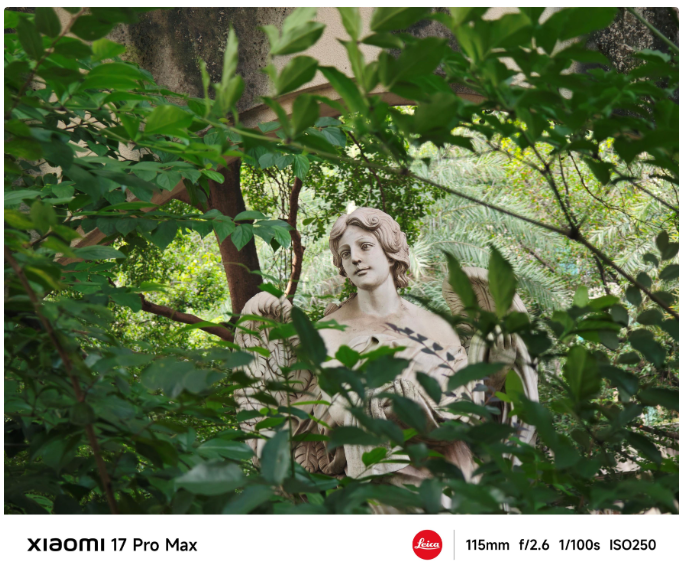
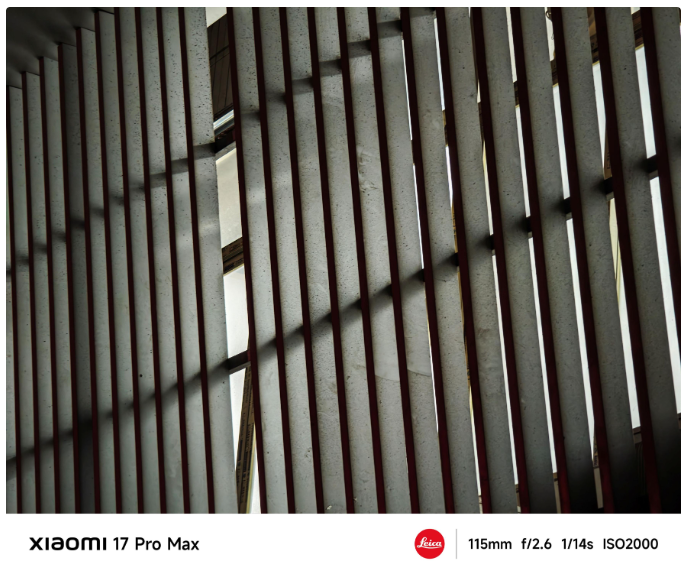
Tele-macro photography is another standout. From the fiber texture of paper to the matte surface of a keyboard key, the telephoto lens brings depth and background blur, expanding creative possibilities.
The ultra-wide camera remains largely unchanged from the previous generation.
A New Selfie Experience with the Rear Display
If imaging is the “A-side,” then the new rear “Magic View” display is the playful “B-side.” Borrowing mature interaction design from the MIX Flip series, it transforms the user experience.
Activating the rear screen lets users take selfies with the Leica main camera, achieving professional-grade results with superior resolution, dynamic range, and low-light clarity—far beyond what traditional front cameras can offer.
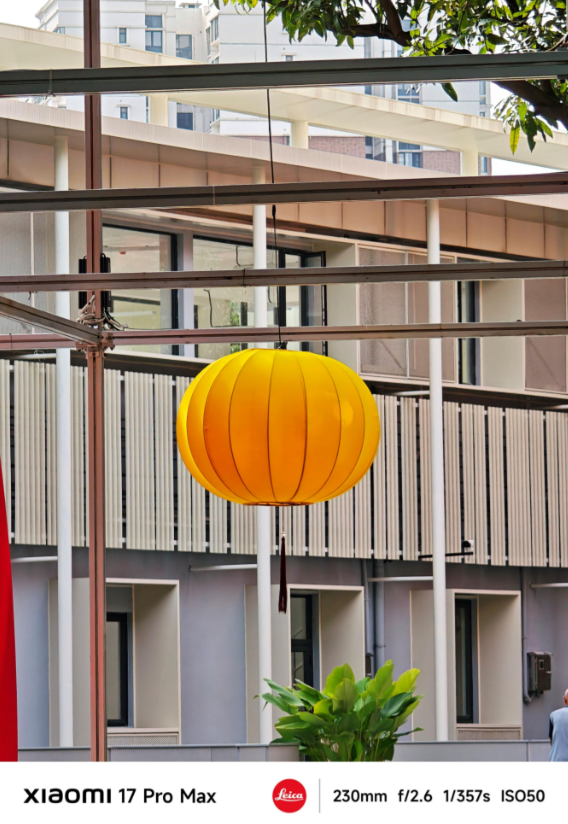
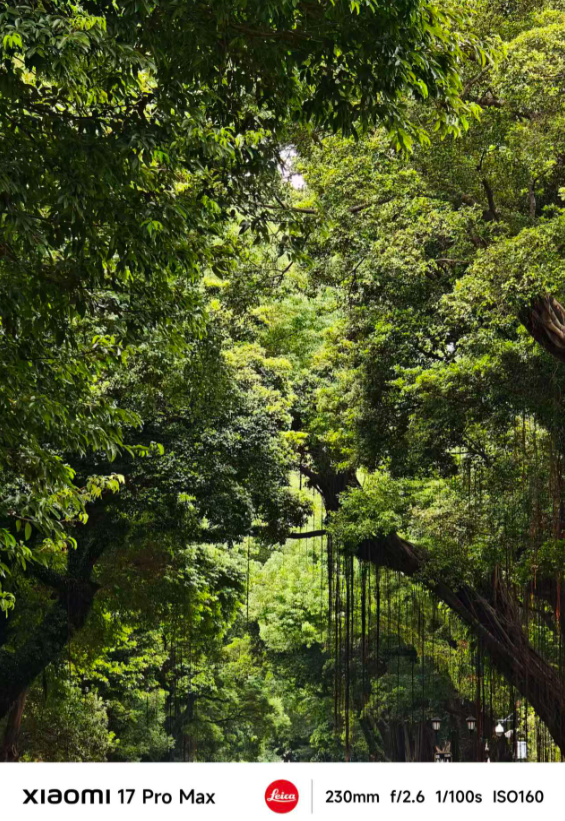
Xiaomi also introduced a “Sticker Photo Mode” that mimics old-school photo booths, producing timed sequences with customizable templates. Photos can even be printed directly via a pocket printer.
Beyond selfies, the rear screen supports notifications, personalization, and quick interactions, making it more than a gimmick—it’s a functional secondary hub.
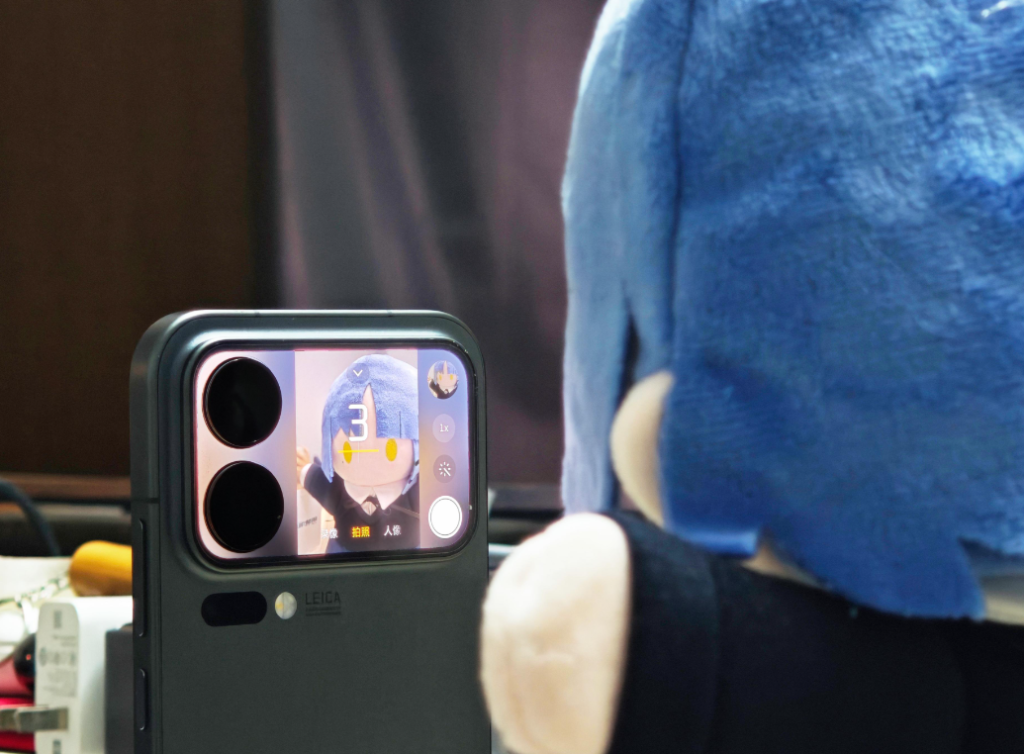
Conclusion: A Mature Imaging System That Solves Real Problems
The Xiaomi 17 Pro Max is less about parameter stacking and more about addressing user pain points:
- LOFIC solves the challenge of highlight clipping in high-contrast scenes.
- The upgraded telephoto meets demands for night photography, tele-macro, and versatile framing.
- The rear display revolutionizes selfie quality, leveraging the full power of the main camera.
Shortcomings remain—its ultra-long telephoto performance could be better, and the ultra-wide saw minimal upgrades. Yet, in an era where hardware breakthroughs are harder to come by, Xiaomi’s approach of problem-solving innovation stands out.
For users who often shoot in challenging lighting conditions or demand top-tier selfie quality, the Xiaomi 17 Pro Max is an exceptional choice in today’s market.

